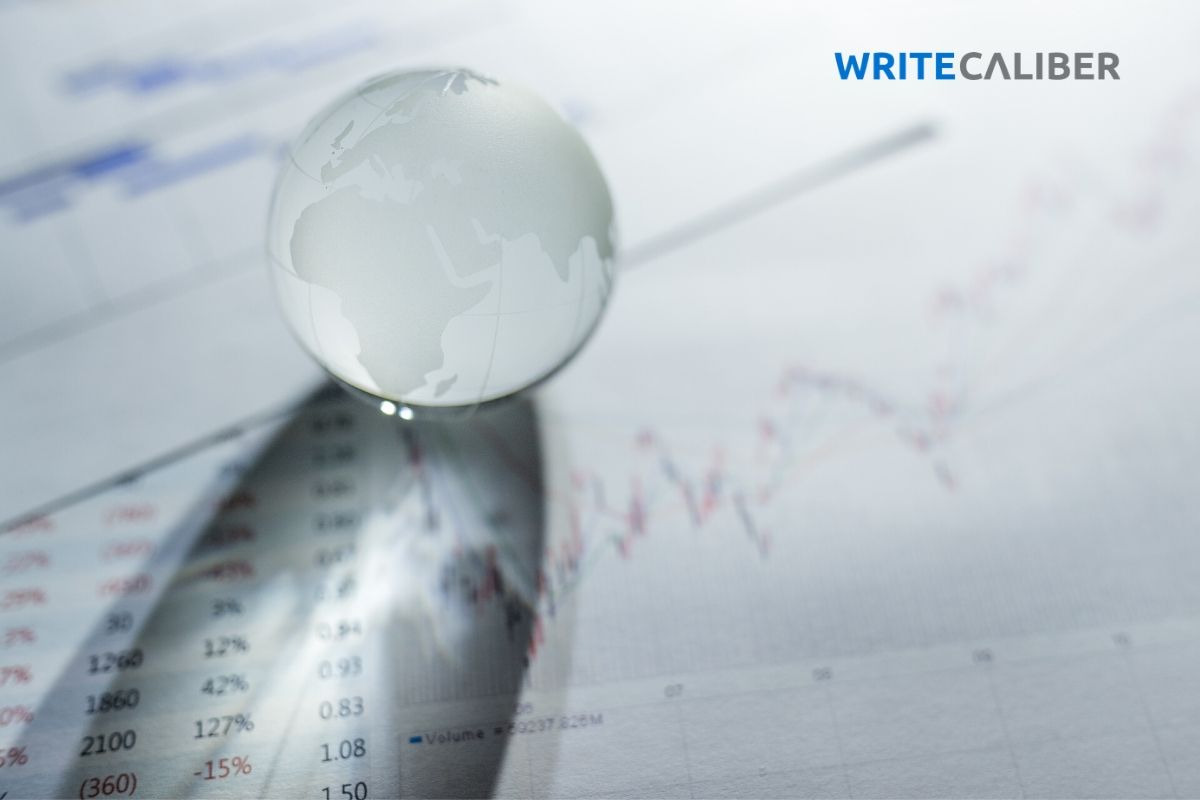The stock market’s fear gauge is sending a persistent warning that has a 30-year track record of signaling meltdowns ahead
- Date: 29-Jun-2020
- Source: Markets Insider
- Sector:Financial Markets
- Country:Middle East
The stock market’s fear gauge is sending a persistent warning that has a 30-year track record of signaling meltdowns ahead
The CBOE Volatility Index, also known as Wall Street's fear gauge, is indicating that uncertainty about the future remains elevated despite the strong rally in stocks. BTIG's Julian Emanuel and economist David Rosenberg examined the historical VIX data since 1990 and concluded that its current level usually portends market losses. Click here to sign up for our weekly newsletter Investing Insider.Click here for more BI Prime stories.
There were a few days in March when investor fear was so rampant that trading halts became commonplace.
That unnerving period of frequent circuit breakers is long gone now “” but there still remains a palpable sense of uncertainty about what the future holds for publicly traded companies.
For proof, look no further than Wall Street's so-called fear gauge formally known as as the CBOE Volatility Index, or VIX. It was near 36 on Friday, up 11 percentage points while stocks slumped, in keeping with its inverse relationship with the S&P 500. At that level, it was well above its long-run average of 19, according to data compiled by BTIG.
Perhaps the VIX was itself a tell-tale sign of the decline. After all, a rising VIX indicates that various S&P 500 index options that offer insurance against future losses






















